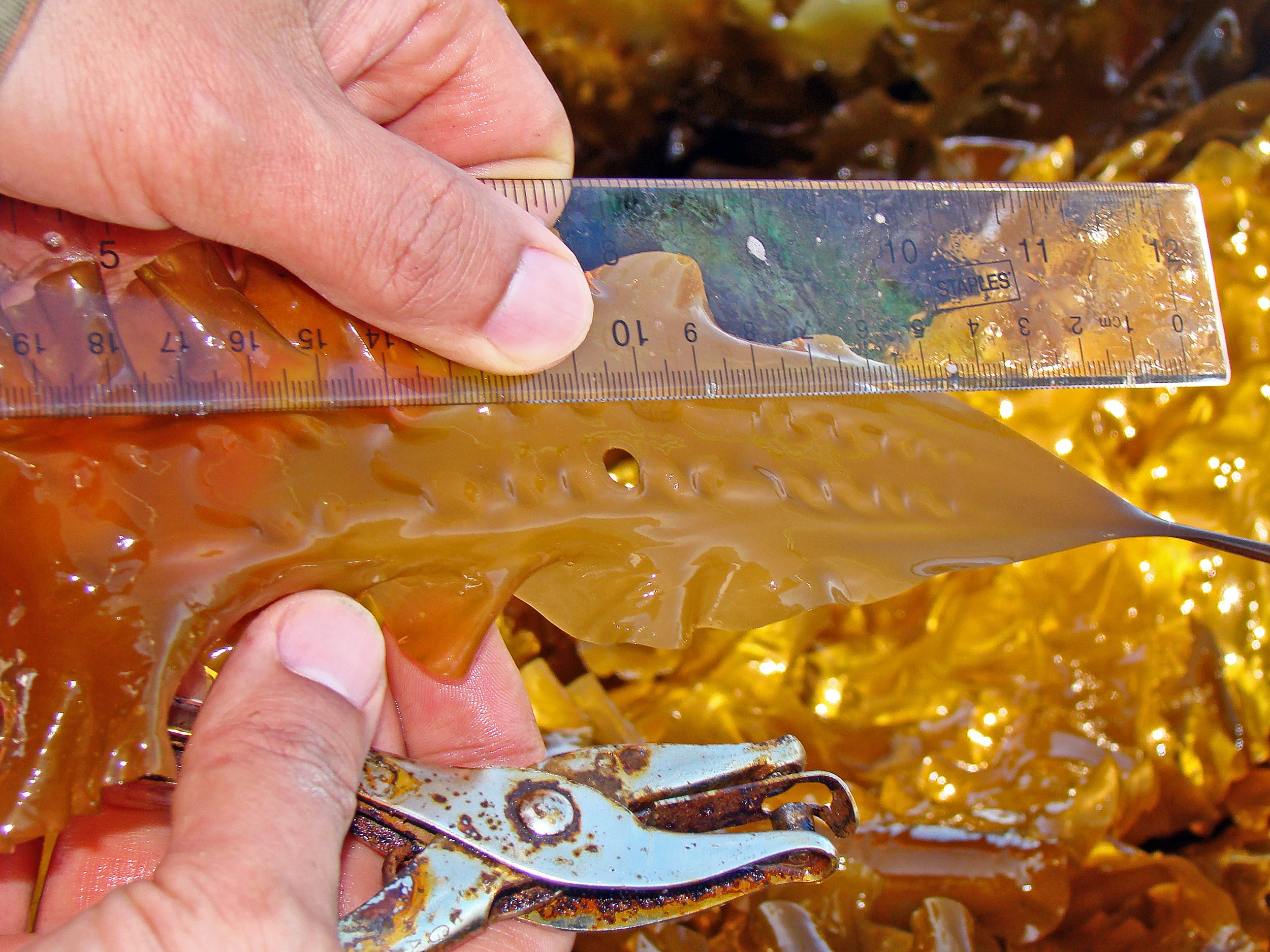
Kelp Climate Fund Methodology
The Kelp Climate Fund (KCF) is a nationally run program organized by GreenWave, with the goal of compensating kelp farmers for the climate benefits of their crop. Participating farmers are paid $1 for every foot of kelp seed they outplant. This value is based on a recent NOAA and The Nature Conservancy study that calculated the market value of the ecosystem services that seaweed and shellfish farming provide (Barrett et al. 2022).
In addition to the economic metrics, KCF grounds its climate impacts on the evolving work of leading scientists in the field (Duarte et al. 2017; Krause-Jensen et al. 2018; Froehlich et al. 2019; Hoegh-Guldberg et al. 2019, Project Drawdown 2021, and more) - all of whom collectively set the standard for understanding, measuring and tracking the climate solutions of macroalgae.
Participating farmers provide growth measurements on their crop as the foundation of the climate impact calculations. Every month, a set number of 1-foot sections of kelp from each farm’s growlines are collected, weighed, assessed for biofouling, and measured for blade length. The metrics for these 1-foot sections are then averaged and extrapolated to the number of linear feet of seedstring that was outplanted on each farm. Using these monthly measurements, carbon and nitrogen removal and reef restoration values are calculated.
To track nutrient removal, the wet weight measurements directly recorded by each farmer are first converted to dry weight values using a conservative dry weight:fresh weight ratio of 0.1 (Duarte, 2017). To reflect the carbon and nitrogen content of each farm’s crop, dry weight values are then multiplied by 25% and 2%, respectively, resulting in pounds of each nutrient removed (Duarte 1992, 2017; Bjerregaard et al. 2016). Carbon and nitrogen removal values are reported over the course of the entire growing season, to observe trends over time.
Reef restoration is based on the results of a recent meta-analysis, focused on the habitat benefits of regenerative ocean farms (Theuerkauf et al. 2021). Results from this study indicate that seaweed farms may have up to 25% more species than non-farming sites (Theuerkauf et al. 2021; Alleway et al. 2021; University of New England, 2021). This percentage is applied to each farm’s footprint, highlighting how much area is restored via species abundance from regenerative ocean farming.
The final harvest volume from each farm helps to improve these calculations and provides regional insight into the climate benefits of kelp farms. As more research and technology emerge, the Kelp Climate Fund will update its impact metrics to reflect those changes for a better understanding of ocean farming’s role in climate mitigation.
-
Alleway, H.; Barrett, L.; Theuerkauf, S. 2021. Restorative aquaculture shows we can have more habitat, and eat it too. from The Fish Site: The Nature of Aquaculture. last accessed 11 Nov 2021.https://thefishsite.com/articles/restorative-aquaculture-shows-we-can-have-more-habitat-and-eat-it-too#seriesEntries
Barret, L.; Theuerkauf, S.; Rose, J.; Alleway, H.; Bricker, S.; Parker, M.; Petrolia, D.; Jones, R. 2022. Sustainable growth of non-fed aquaculture can generate valuable ecosystem benefits. Ecosystem Services. 53: 1 - 16.
Bjerregaard, R. et al. 2016. Seaweed aquaculture for food security, income generation and environmental health in Tropical Developing Countries. Washington, D.C.: World Bank Group. (Report #107147).
Duarte, C. 1992. Nutrient concentration of aquatic plants: patterns across species. Limnol. Oceanogr. 37: 882 - 889. doi: 10.4319/lo.1992.37.40882.
Duarte, C.; Wu, J.; Xia, X.; Bruhn, A.; Krause-Jensen, D. 2017. Can seaweed farming play a role in climate change mitigation and adaptation? Frontiers in Marine Science. 4(100): 1 - 7. doi: 10.3389/fmars.2017.00100.
Froehlich, H..; Afflerbach, J;, Frazier, M; Halpern, B. 2019. Blue Growth Potential to Mitigate Climate Change through Seaweed Offsetting. Current Biology, 29(18): 3087-3093.e3. https://doi.org/10.1016/j.cub.2019.07.041
Hoegh-Guldberg O. et al. 2019. The Ocean as a Solution to Climate Change: Five Opportunities for Action. World Resources Institute. http://www.oceanpanel.org/climate
Krause-Jensen, D.; Lavery P.; Serrano O.; Marbà N.; Masque, P.; Duarte, C. 2018. Sequestration of macroalgal carbon: The elephant in the Blue Carbon room. Biology Letters,14(6): 20180236. https://doi.org/10.1098/rsbl.2018.0236
Theuerkauf, S.; Barrett, L.; Alleway, H.; Costa-Pierce, B.; Gelais, A.; Jones, R. 2021. Habitat value of bivalve shellfish and seaweed aquaculture for fish and invertebrates: Pathways, synthesis and next steps. Reviews in Aquaculture. 00: 1 - 19. doi: 10.1111/raq.12584.
University of New England. 2021.Comprehensive global study confirms restorative aquaculture has positive impacts on marine life. https://www.une.edu/news/2021/comprehensive-global-study-confirms-restorative-aquaculture-has-positive-impacts-marine
